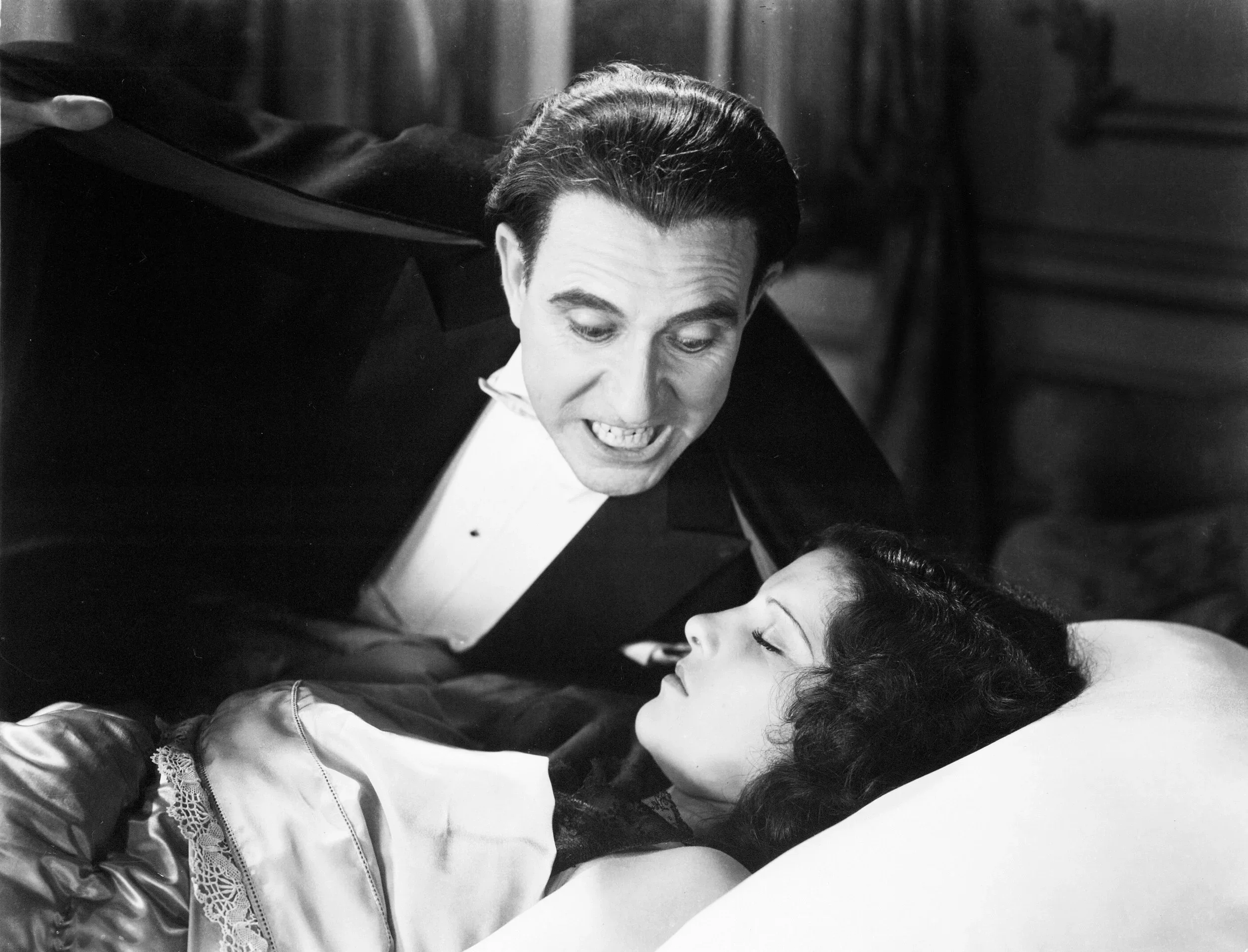THE TRUE ORIGIN OF HALLOWEEN: FROM CELTIC GODS TO HOLLYWOOD PUMPKINS
What we now know as Halloween was born from ancient Celtic rituals and beliefs about death. Over time, it evolved into a global celebration blending history, myth, and pop culture.
Every October 31st, millions of people around the world light pumpkins, dress up, and take to the streets in search of candy and scares. Yet behind this globalized and festive celebration lies a much older and more complex story a mosaic of pagan beliefs, Celtic rituals, Christian adaptations, and cultural transformations that have turned Halloween into one of the most fascinating holidays on the modern calendar.
Our story begins in the British Isles more than three millennia ago, with the Celtic peoples. For them, October 31st did not mark the end of a month but the threshold of a new year, celebrated with the festival of Samhain (meaning “summer’s end”). This druidic ritual was not a mere festivity but a suspension of nature’s laws. It was the moment to bid farewell to Lugh, the Sun God, and welcome the long, cold nights of winter a season associated with darkness and uncertainty.
The central belief of Samhain was both chilling and sublime: the veil between the world of the living and the dead grew thin, almost transparent. Spirits, fairies, and demons could roam freely across the Earth returning to visit their families or perhaps to settle unfinished business. To ward off danger, the Celts devised a strategy worthy of ancient diplomacy: disguise. They dressed in animal skins and masks to confuse the spirits or, worse, to avoid possession. On this night when rules were broken, even cross-dressing was permitted.
From this same era emerged a primitive version of “trick or treat”: people left offerings of food and drink at their doors to appease supernatural beings. Disguised Celts, imitating these spirits, would go from house to house performing antics in exchange for provisions.
No celebration is immune to the passage of time or power. With the Roman conquest of Celtic territories, Samhain blended with Roman traditions notably the Mundus Patet (“open world”) rite, when the center of Rome, believed to connect the living and the dead, was opened three times a year to allow spirits to return. The Roman imagery of the afterlife with its ghastly skeletons driving mortals insane (maniae) and ghosts feeding on human life (larvae) added a layer of terror to Celtic mysticism.
It was, however, Christian influence that gave the celebration its name and date. In the 7th century, the Church, in an effort to absorb pagan festivities, established November 1st as All Saints’ Day to honor the martyrs. The night before, Samhain’s eve, continued to be celebrated with disguises and bonfires but began to be called All Hallows’ Eve which, over time, morphed into the iconic “Halloween.”
Traditions merged. From medieval Christianity came the practice of “souling,” a version of trick-or-treating where the poor or children went door to door collecting “soul cakes” in exchange for prayers for the dead. It also became customary to light candles on graves the so-called “soul lights” to guide spirits back to their homes, a practice still alive today.
Stripped of its religious dimension by the Protestant Reformation in some regions, Halloween regained its more pagan elements and, in Britain, remained a secular celebration linked to harvest and remembrance of the dead.
The great leap into modernity and into global culture came in the 19th century. During the devastating Irish Great Famine (1845–1849), thousands of European immigrants, especially the Irish, brought their ancient customs to America. What had once been a regional European tradition became, on American soil, the most popular non-religious holiday in North America.
Migration also popularized the custom of carving jack-o’-lanterns hollow pumpkins with candles inside, inspired by the legend of “Stingy Jack.” The Irish originally used turnips for these lanterns, but in America they replaced them with pumpkins, which were more abundant and easier to carve.
Although the first major Halloween parade was held in Minnesota in 1921, the internationalization and rise of modern horror aesthetics would not have happened without Hollywood. By the late 1970s and early 1980s, film and television with classics like John Carpenter’s Halloween (1979) had cemented the holiday as a global phenomenon. Costumes, no longer made of animal skins, began to draw inspiration from monsters of literature and cinema such as Dracula and Frankenstein, allowing children and adults alike to embody imaginary identities for one night.
In the modern era, Halloween has also spawned its own urban mythology. Legends about satanic cults sacrificing black cats or poisoned candies (laced with needles or blades) persist, though with little evidence. Sociologist Joel Best has studied these rumors, concluding that the fear of tainted sweets is actually a manifestation of modern anxieties: in a world of uncontrollable threats, parents find it “comforting” to focus on preventable dangers, like a poisoned apple. In reality, there are no verified reports of children being seriously harmed by tampered Halloween candy.
From its pagan origins as Samhain to its rise as a global pop culture spectacle, Halloween remains a mirror of our fears and fascination with the unknown. Every carved pumpkin, every witch or vampire costume connects us to the Celts who, three thousand years ago, donned animal skins to deceive the spirits. It is a magical night when, for a few hours, order is suspended and humanity’s timeless fascination with mystery and terror returns once more.





